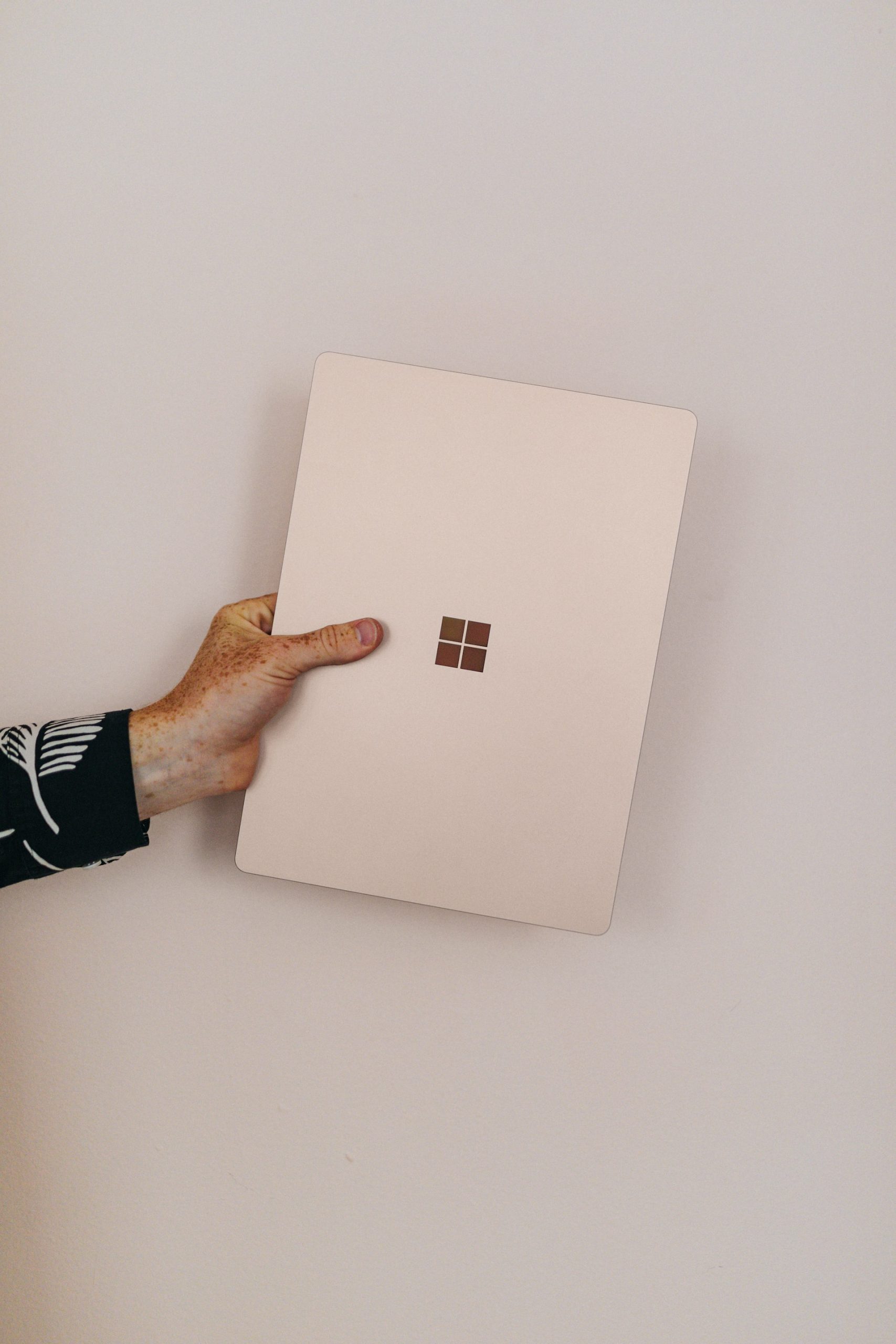TikTok, the popular social media platform known for its short-form videos and viral trends, finds itself at the center of a worldwide ban dilemma as governments across the globe grapple with concerns over national security and cultural influence. This article aims to delve into the factors driving countries’ ban initiatives against TikTok and shed light on the complexities surrounding this global debate.
The primary driving force behind the TikTok ban attempts lies in concerns over national security and data privacy. As a Chinese-owned app, TikTok has faced persistent allegations of data sharing with the Chinese government, raising fears of potential foreign interference. Countries such as the United States, India, and Australia have taken steps to ban or restrict TikTok to protect their citizens’ personal information and safeguard national interests.
Governments’ worries extend beyond data privacy, encompassing concerns about cultural influence and societal values. TikTok’s rapid rise to popularity, fueled by its engaging content and global reach, has raised eyebrows in conservative societies, where the platform is viewed as a potential threat to cultural norms and traditions. Authorities worry about the erosion of local values and the potential impact of foreign content on their youth.
The issue of online safety also plays a significant role in countries’ decisions to ban TikTok. The app’s interactive nature and potential for cyberbullying have raised concerns among governments aiming to protect vulnerable populations, particularly children and teenagers. Authorities feel compelled to regulate the platform to mitigate the potential harm caused by unfiltered content and abusive behavior.
However, it is important to note that not all countries have adopted an outright ban on TikTok. Some nations recognize the app’s popularity and its potential for creativity, entertainment, and economic growth. Instead of imposing bans, these countries have chosen to implement stricter regulations and oversight. Their goal is to strike a balance between reaping the benefits of the platform and addressing concerns related to data privacy and national security.
In response to the mounting criticism, TikTok has made efforts to address the concerns raised by governments and regain trust. The company has enhanced data security measures, including establishing local data centers and undergoing third-party audits to ensure compliance with international standards. TikTok has also implemented stricter content moderation policies and bolstered safety features to protect users from harmful content and online abuse.
The TikTok ban dilemma sheds light on the complex intersection of technology, culture, and national interests in the digital age. Governments face the challenge of balancing innovation with the need to regulate platforms, protect citizens’ rights, and preserve cultural values. The case of TikTok underscores the necessity for comprehensive and nuanced approaches to governing digital platforms in an increasingly interconnected world.
Furthermore, the global debate surrounding TikTok’s ban initiatives raises important questions about the role of international cooperation and regulatory frameworks in addressing the challenges posed by global platforms. As governments navigate these complex issues, there is a growing recognition of the need for cross-border collaboration and standardized regulations to protect user data, privacy, and national security while fostering innovation and global connectivity.
The fate of TikTok in different countries will depend on the outcomes of ongoing discussions, legal battles, and the platform’s commitment to addressing concerns raised by governments. As the ban dilemma unfolds, it is crucial to find a delicate balance that considers the interests of users, governments, and the platform itself. The TikTok ban initiatives serve as a reminder of the evolving landscape of digital governance and the intricate interplay between technology, geopolitics, and cultural dynamics in the modern world.










